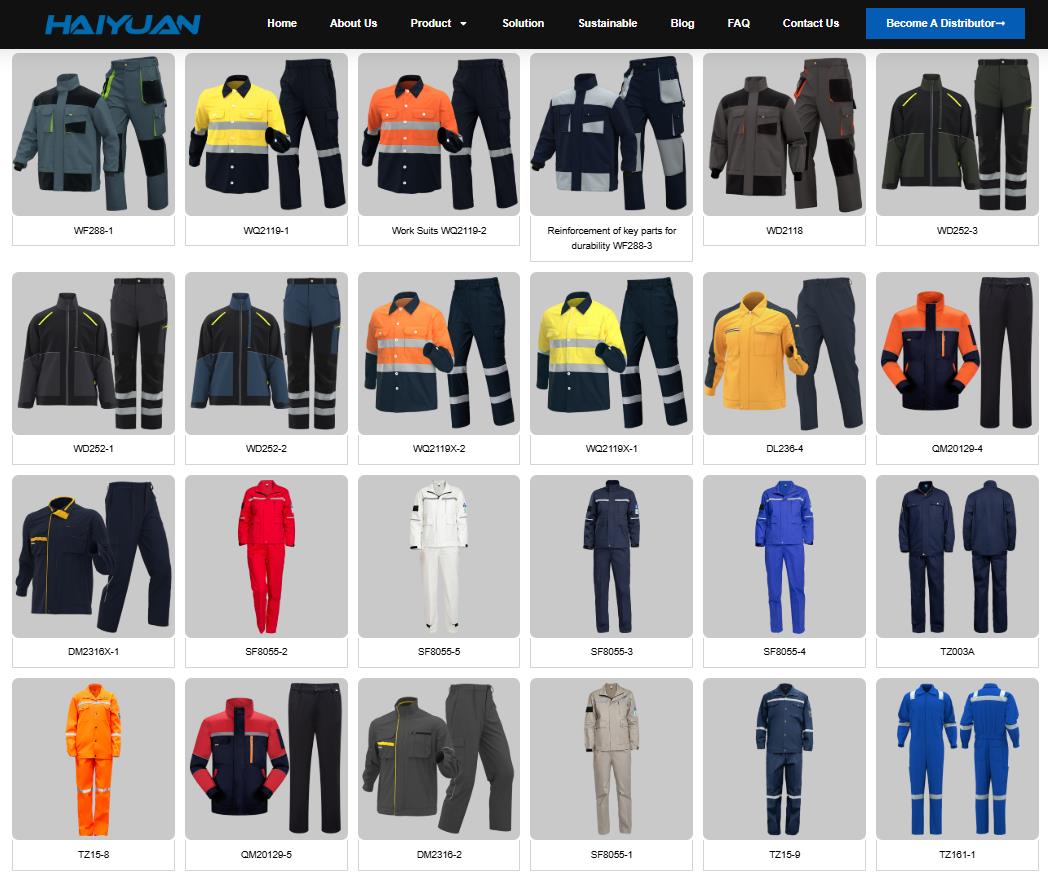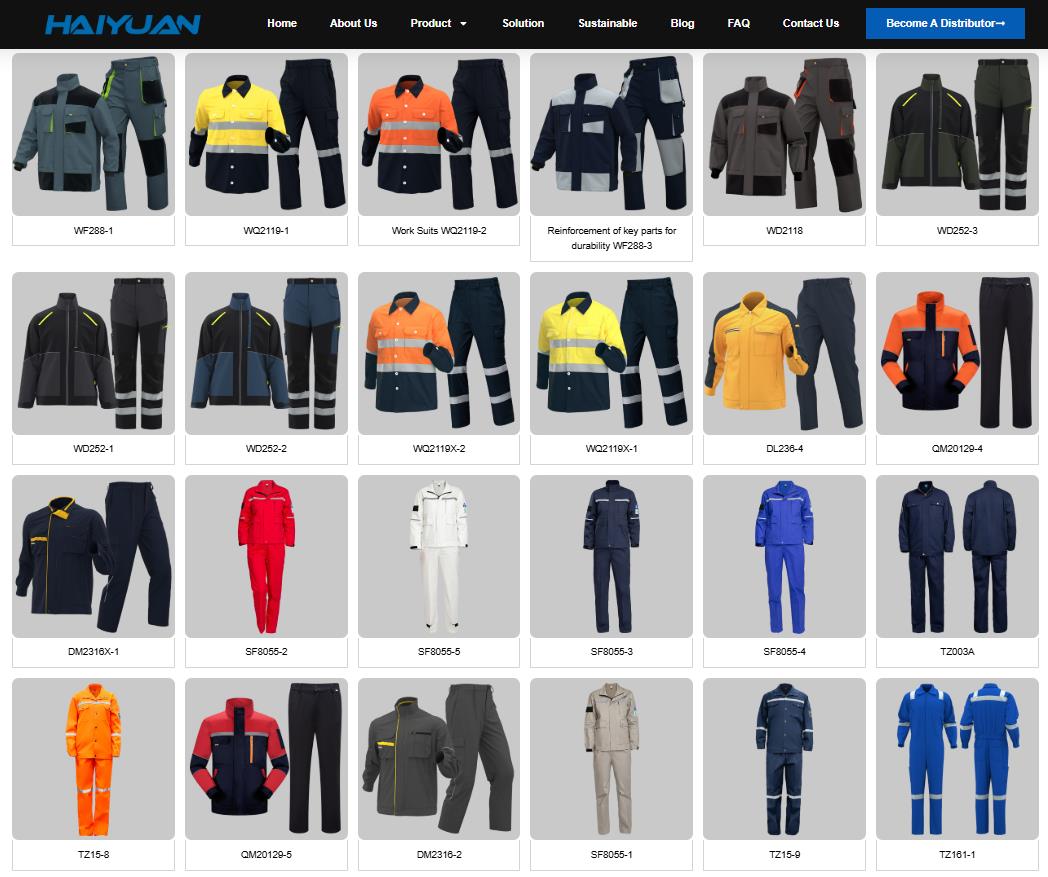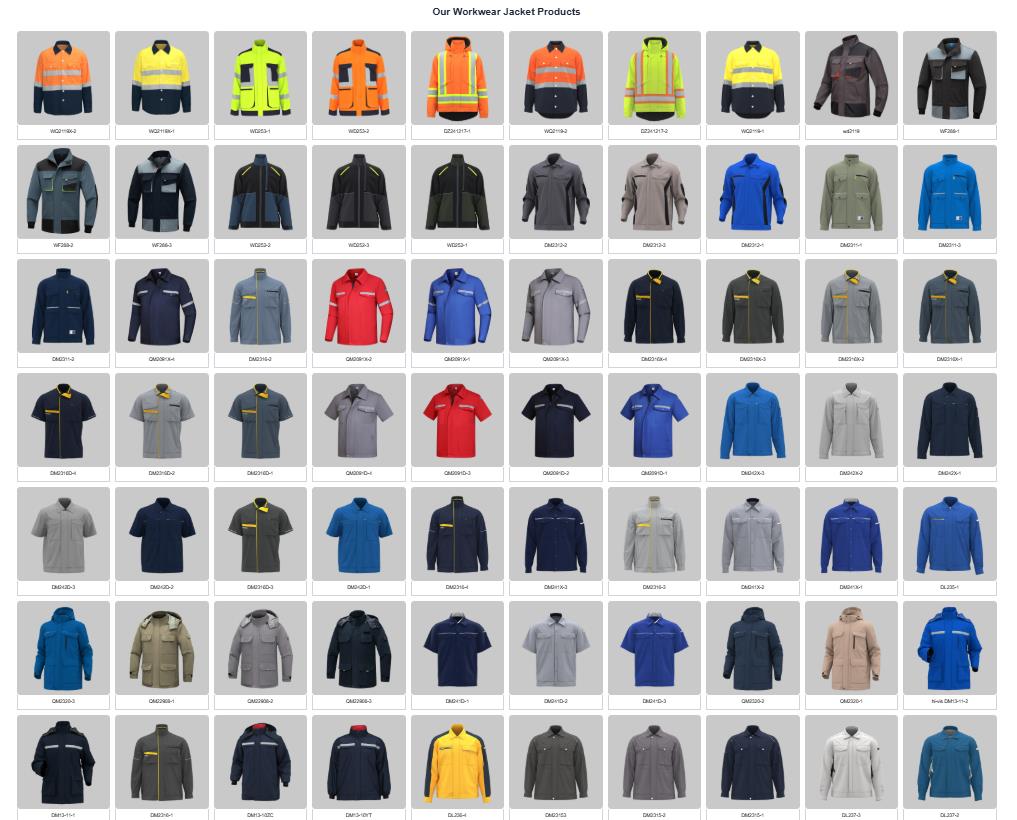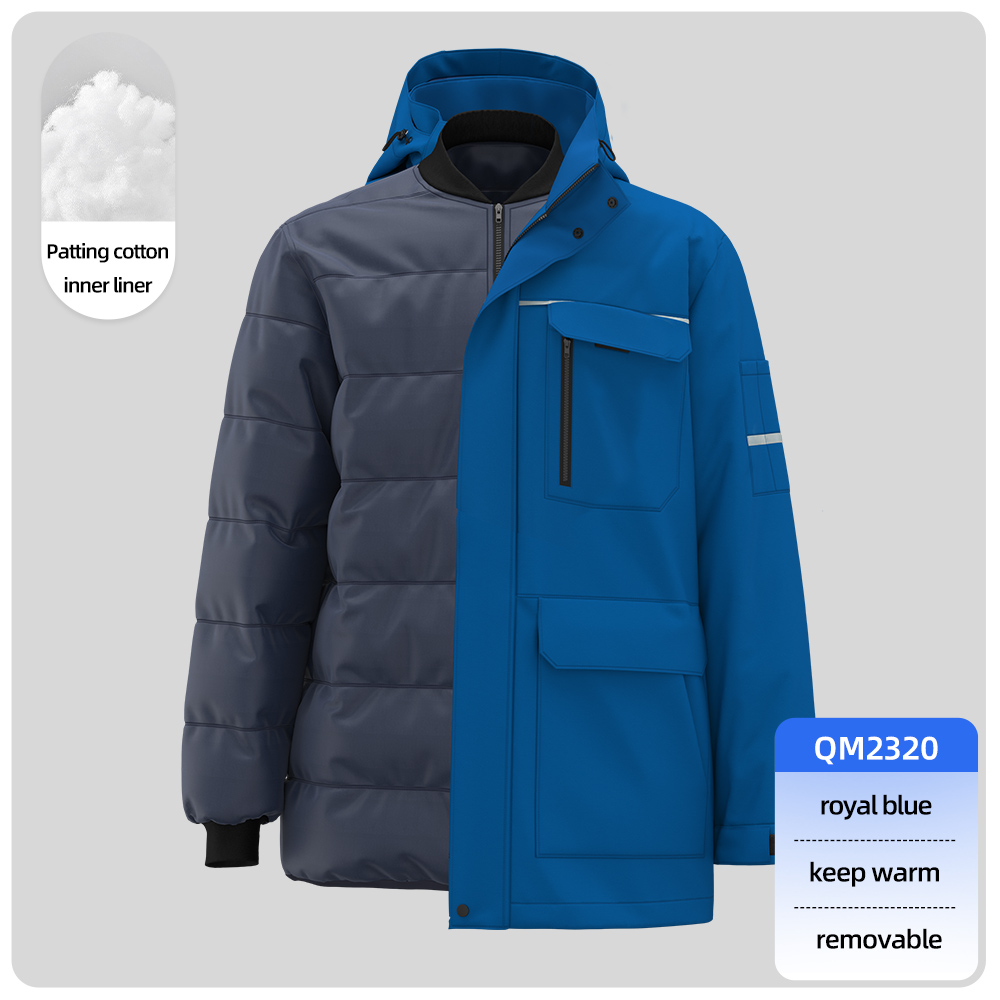Of course. Here is a detailed guide for a Singaporean company looking to import custom logo work uniforms from China, covering the process, key considerations, and Singapore-specific regulations.
Executive Summary for Singaporean Importers
Importing from China is a highly efficient and cost-effective strategy for Singaporean companies. The process is streamlined due to Singapore’s status as a free port (no import duties on goods) and its world-class logistics infrastructure. The key is to focus on finding a reliable manufacturer, ensuring quality, and managing the logistics smoothly.
Step-by-Step Guide to Importing
1. Finding and Vetting Suppliers in China
This is the most critical step. The quality of your supplier will determine the success of your order.
-
Online B2B Platforms:
-
Alibaba.com: The largest platform. Look for suppliers with “Gold Supplier,” “Verified,” and “Trade Assurance” statuses. These offer some level of buyer protection.
-
Made-in-China.com & GlobalSources.com: Other reputable platforms with many professional apparel factories.
-
-
Trade Shows: Attending major trade fairs like the Canton Fair (China Import and Export Fair) in Guangzhou is an excellent way to meet suppliers face-to-face, feel fabric samples, and build relationships.
-
Sourcing Agents: Consider hiring a sourcing agent based in China or Singapore. They have existing networks, can conduct factory audits, negotiate on your behalf, and perform quality control. This is highly recommended for large orders or if you lack experience.
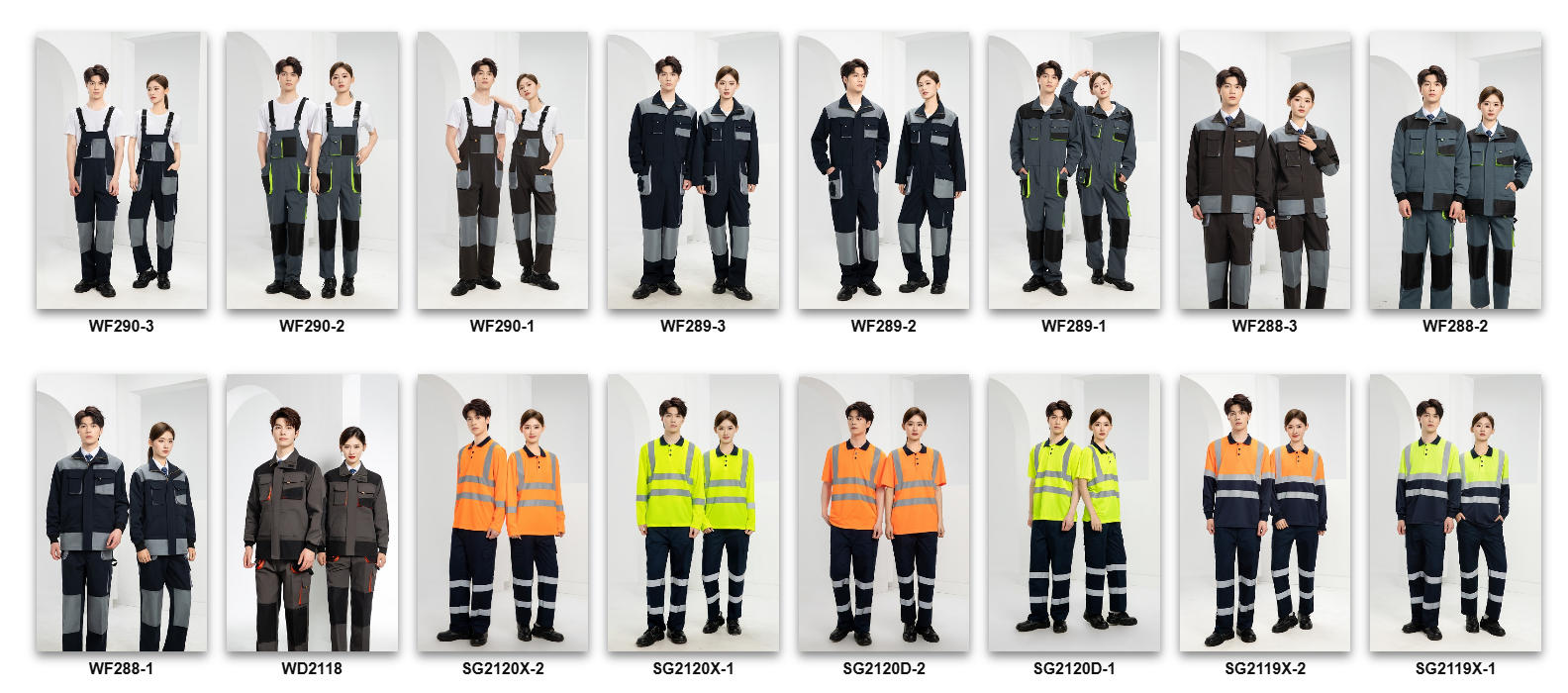
polyester cotton workwear
How to Vet a Supplier:
-
Request company profiles and business licenses.
-
Ask for detailed product catalogs and past client examples (especially if they’ve worked with other Singaporean or international companies).
-
Communication is key: Gauge their responsiveness and English proficiency.
-
Always request samples: Pay for production samples with your exact logo, fabric, and stitching. This is your quality benchmark.
2. Key Considerations Before Placing an Order
-
Product Specifications: Create a detailed “tech pack” including:
-
Design: Tech drawings or photos.
-
Fabric: Exact composition (e.g., 65% Polyester, 35% Cotton), weight (e.g., 220gsm), and color (provide Pantone codes for accuracy).
-
Logo Application: Specify embroidery (thread type, stitch density), printing (screen print, heat transfer), or patches.
-
Sizing: Provide detailed size charts. Asian sizing often runs smaller than Western sizing, so be explicit.
-
-
MOQ (Minimum Order Quantity): Chinese factories typically have MOQs, often ranging from 100-500 pieces per style/color. Negotiate this upfront.
-
Price Negotiation (Incoterms): Understand what the price includes.
-
FOB (Free On Board): You pay for the goods loaded onto the ship/plane at the Chinese port. You are responsible for the main freight, insurance, and all costs from there to Singapore. This is the most common term.
-
EXW (Ex Works): You pay only for the goods at the factory door. You handle all shipping and logistics from China to Singapore. Offers more control but is more complex.
-
CIF (Cost, Insurance, and Freight): The supplier arranges and pays for shipping and insurance to a port in Singapore (e.g., PSA Singapore). You handle customs clearance and local transport.
-
3. Logistics and Shipping to Singapore
Singapore’s import process is very business-friendly.
-
Freight Forwarder: It is highly advisable to use a freight forwarder or customs broker.
-
They handle the complex paperwork, book cargo space, and arrange transportation from the Chinese factory to your doorstep in Singapore.
-
Your manufacturer can often recommend forwarders they work with, or you can find a Singapore-based forwarder.
-
-
Shipping Method:
-
Sea Freight: The most cost-effective for large, bulky orders like uniforms. Shipping to Singapore is very fast (e.g., from Shenzhen to Singapore can take ~4-7 days by sea).
-
Air Freight: Much faster (2-3 days) but significantly more expensive. Suitable for very small, urgent samples or orders.
-
-
Required Documents: Your supplier must provide you with:
-
Commercial Invoice
-
Packing List
-
Bill of Lading (B/L) (for sea) or Air Waybill (AWB) (for air)
-
Certificate of Origin (COO) (Often a Form E for China-ASEAN trade, which may provide benefits, though Singapore has no import duties)
-
4. Customs Clearance in Singapore
-
No Import Duty: Singapore is a free port. There is no import duty on goods.
-
Goods and Services Tax (GST): You must pay 9% GST on the CIF value (Cost of Goods + Insurance + Freight) of your shipment. Your freight forwarder/customs broker will typically handle this payment to Singapore Customs on your behalf and then bill you.
-
Customs Permit: All imports into Singapore require a customs permit, which is usually filed electronically via TradeNet (a part of Singapore’s Networked Trade Platform – NTP). Your freight forwarder will almost always do this for you.
-
Required Info: You will need to provide your company’s Unique Entity Number (UEN) to your forwarder for the customs declaration.
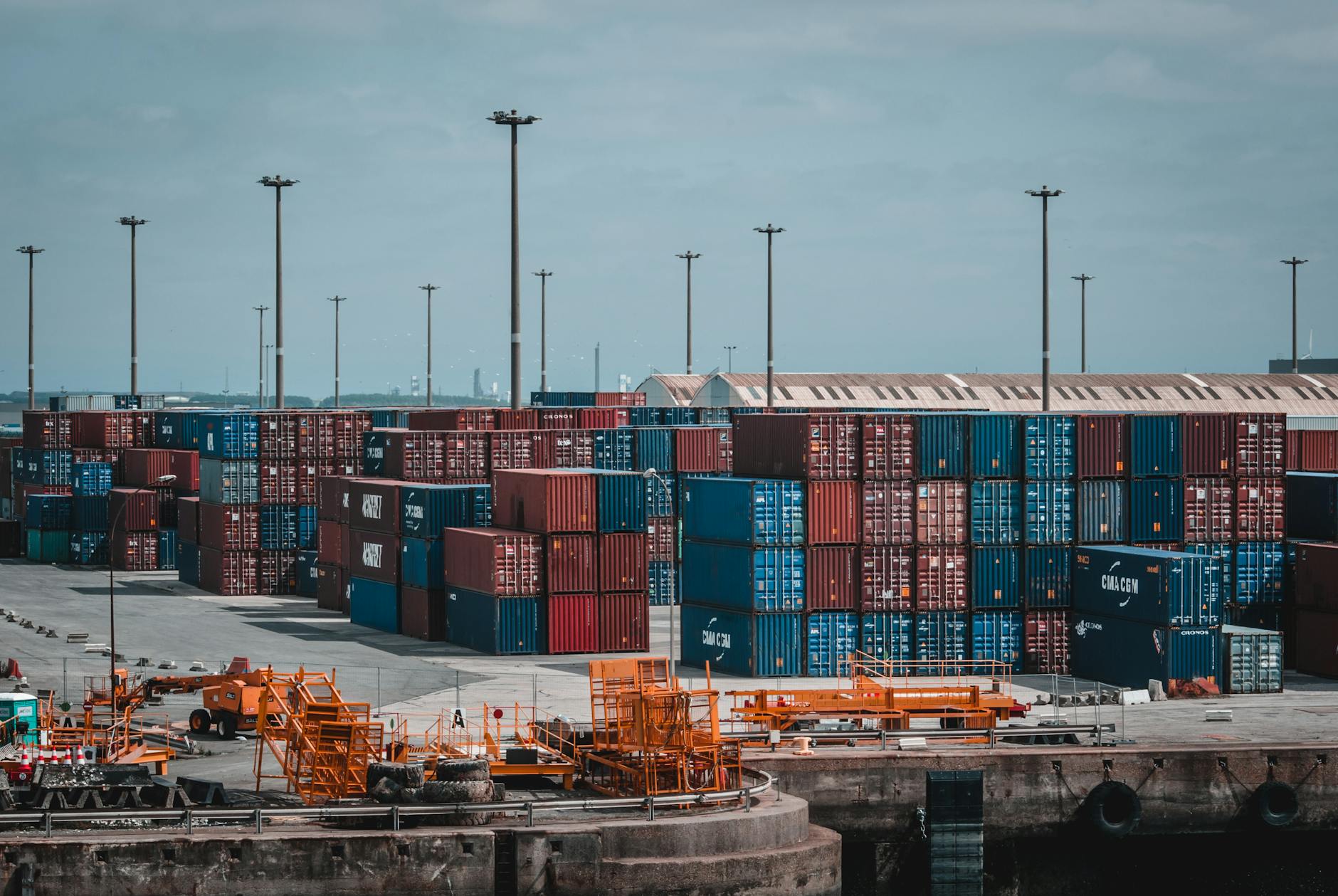
Process Flowchart for a Singaporean Importer
A[Define Requirements & Budget] --> B[Find & Vet Suppliers on Alibaba/Trade Shows]; B --> C[Request Quotes & Samples]; C --> D{Negotiate & Finalize Supplier}; D --> E[Place Order & Pay Deposit]; E --> F[Production]; F --> G[Conduct Pre-Shipment Quality Control]; G --> H[Approve Shipment & Pay Balance]; H --> I[Supplier ships via FOB]; I --> J[Freight Forwarder Handles Logistics & Customs]; J --> K[Pay 9% GST on CIF Value]; K --> L[Receive Goods at Singapore Warehouse];
-
Cost-Effectiveness: Significant savings compared to local manufacturing or sourcing from other countries.
-
High Customization: Chinese factories are experts in OEM (Original Equipment Manufacturing) and can produce to very specific requirements.
-
Scale and Efficiency: They can handle large orders with relatively short lead times.
-
Proximity and Logistics: Shipping from China to Singapore is fast, frequent, and cost-effective due to geographic proximity and strong trade links.
Potential Challenges & Mitigation
-
Quality Control: The biggest risk is inconsistent quality between your sample and the bulk order.
-
Mitigation: Hire a third-party inspection company (e.g., SGS, QIMA) to conduct an inspection at the factory before shipment (Pre-Shipment Inspection).
-
-
Communication Barriers: Language and cultural differences can lead to misunderstandings.
-
Mitigation: Use clear, simple English and visuals (photos, diagrams). A sourcing agent can bridge this gap.
-
-
Logistics Complexity: Navigating international shipping can be daunting.
-
Mitigation: Use a experienced freight forwarder. The hassle is worth the cost.
-
By following this structured approach, your Singapore company can reliably import high-quality, custom work uniforms from China, ensuring a professional look for your team while optimizing costs.
Useful links:

